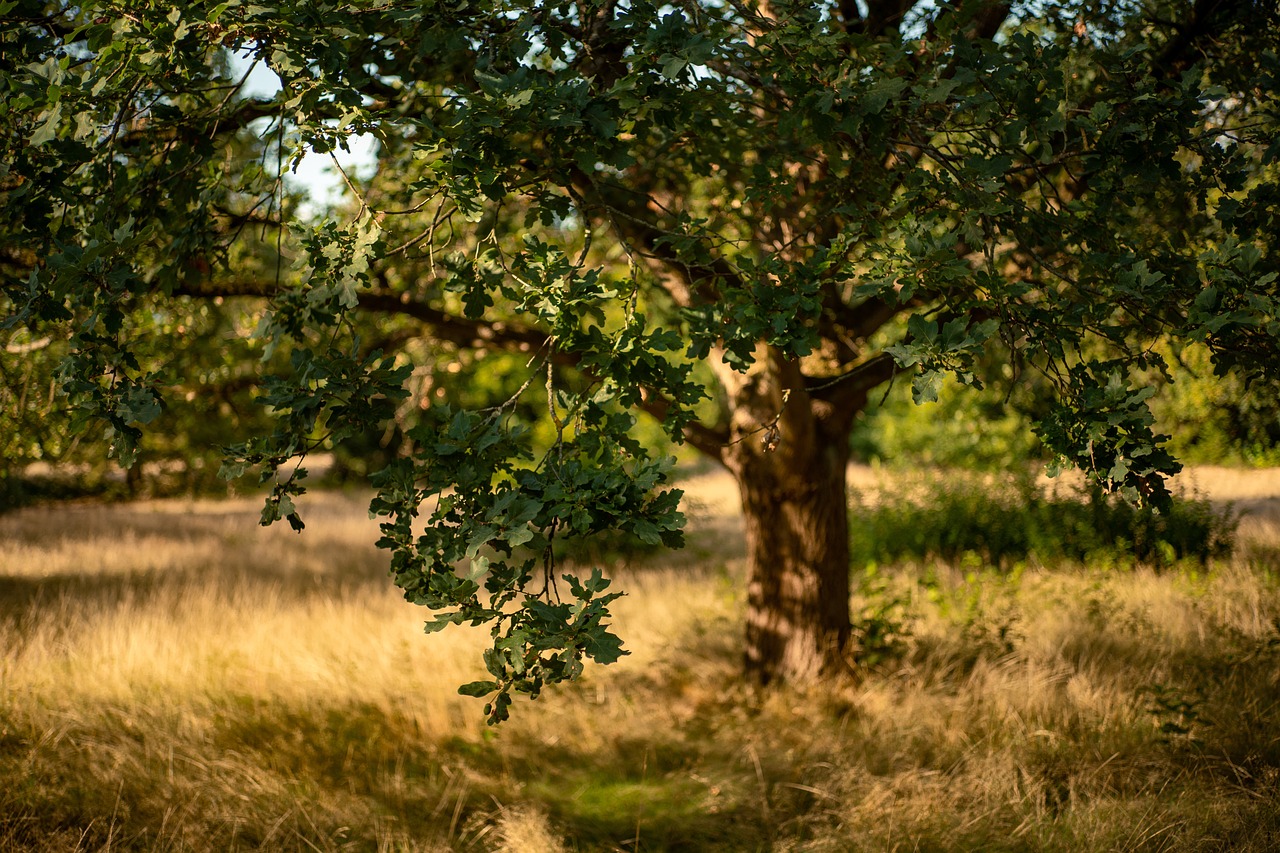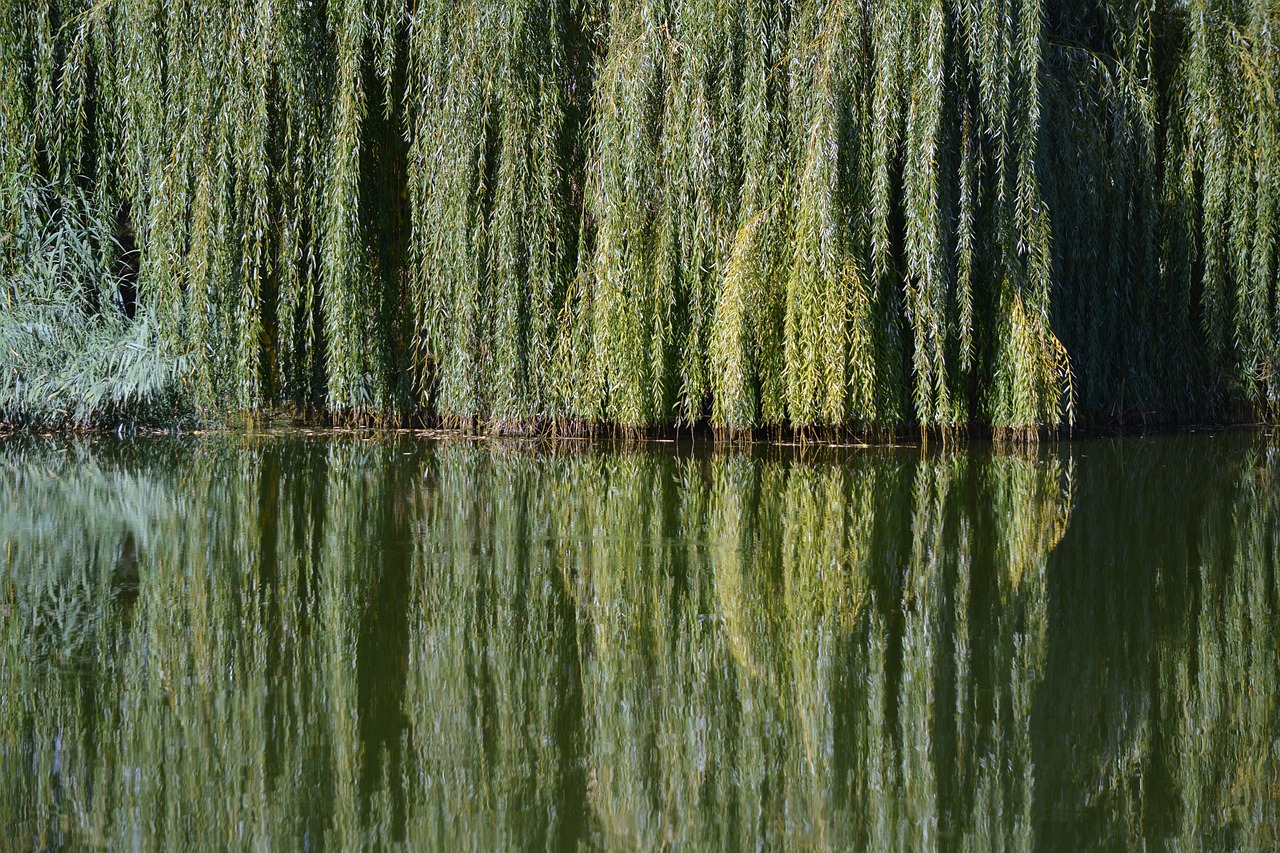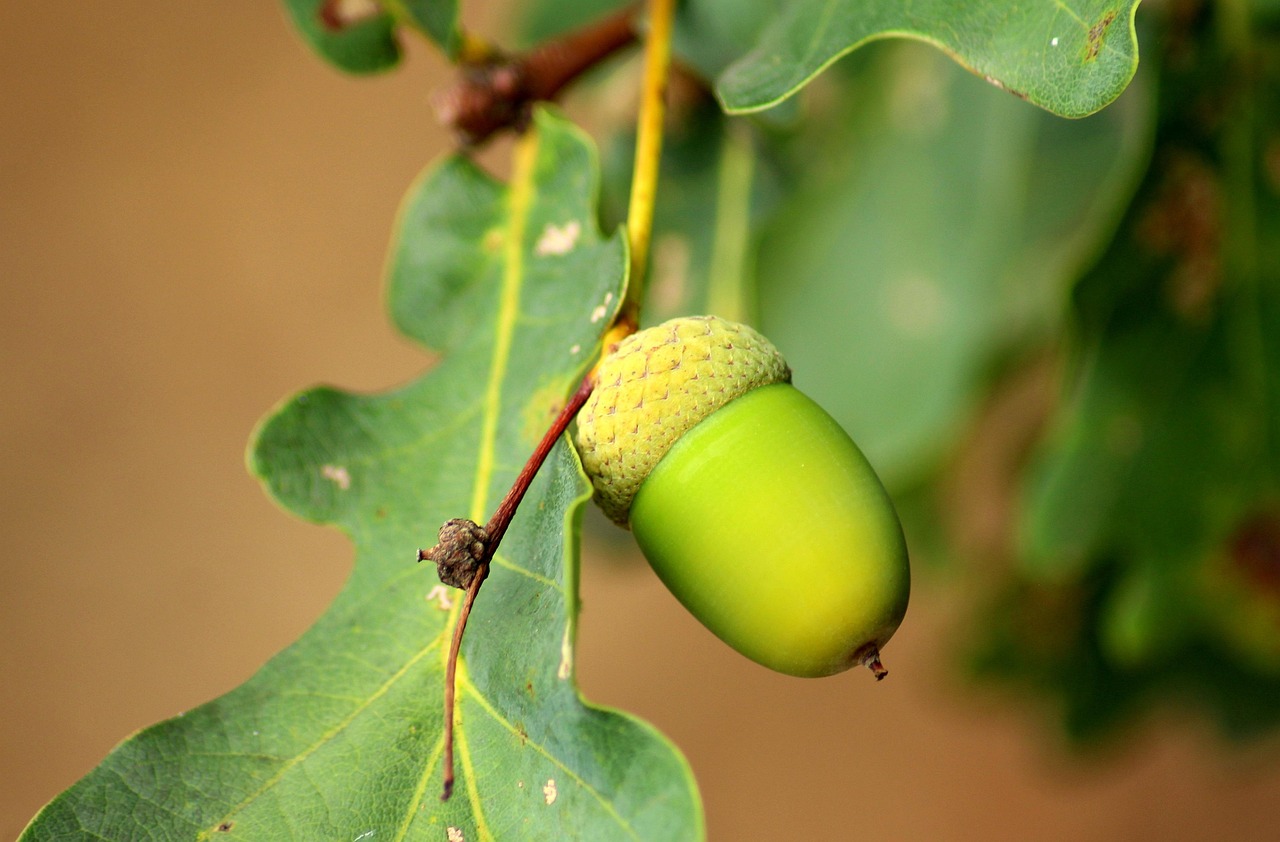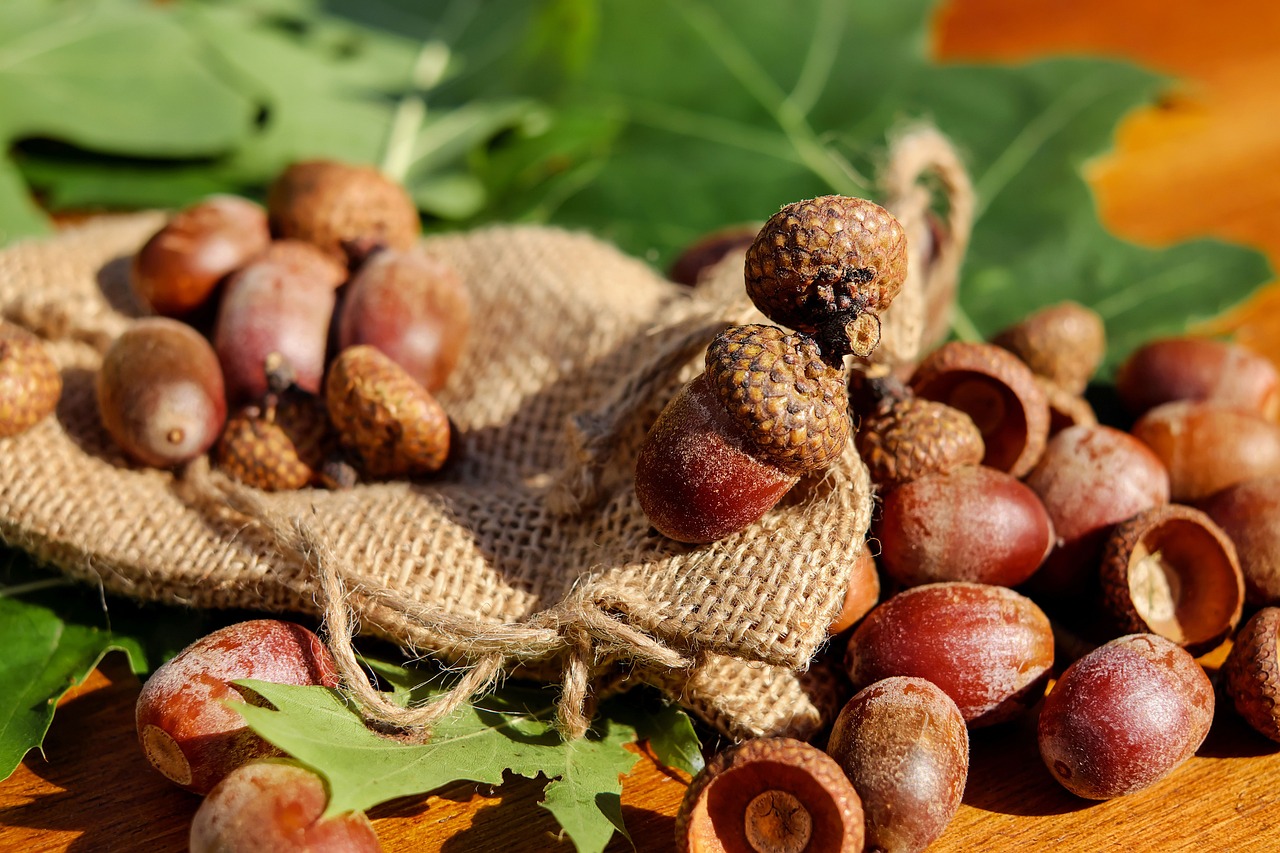Willow oak trees (Quercus phellos) are known for their relatively fast growth rate, typically achieving 1 to 2 feet per year under optimal conditions. They thrive in moist, well-drained soils and full sun, which promotes rapid canopy development. With proper care, including watering and fertilization, these trees can establish a dense canopy in just a few years.
The Willow Oak tree (Quercus phellos) is known for its rapid growth rate, typically achieving heights of 60 to 75 feet within 30 to 50 years. Under optimal conditions, it can grow 2 to 3 feet annually, providing a fast canopy growth that is ideal for shade and aesthetics in landscapes.
Understanding Willow Oak Trees
The Willow Oak tree is a member of the red oak group and is native to the southeastern United States. This tree is well-regarded for its distinct willow-like leaves, which are long and narrow. The foliage turns a vibrant yellow-brown in the fall, adding seasonal beauty to landscapes. Willow Oaks are often used in urban settings due to their adaptability and resilience.

One of the most appealing characteristics of Willow Oaks is their growth rate. Fast growth makes them a popular choice for homeowners and landscapers looking to establish shade quickly. In addition to their rapid growth, these trees provide numerous environmental benefits, including improving air quality and supporting local wildlife.
Ideal Growing Conditions
To achieve optimal growth rates, Willow Oaks require specific growing conditions. They thrive in well-drained soils and prefer full sunlight. While they can tolerate various soil types, they flourish best in moist, acidic soils. Here are some key factors that influence the growth rate of Willow Oaks:
- Soil Type: Loamy or sandy soils that drain well promote faster growth.
- Sunlight: Full sun exposure is crucial for healthy foliage and growth.
- Watering: Consistent moisture is essential during the first few years of growth.
- Fertilization: A balanced fertilizer can enhance growth and health.
Growth Rate Overview
The growth rate of Willow Oak trees can vary significantly based on environmental conditions, care, and genetics. Understanding their growth patterns helps in planning for landscaping and maintenance. Here is a general overview of the expected growth rate at different stages:

| Age (Years) | Height (Feet) | Annual Growth (Feet) |
|---|---|---|
| 1 | 3-5 | 2-3 |
| 5 | 15-20 | 3-4 |
| 10 | 30-40 | 2-3 |
| 20 | 50-60 | 1-2 |
This table illustrates that during the initial years, Willow Oaks experience rapid growth. As they mature, the annual growth rate may decrease slightly but still remains significant compared to other tree species.
Benefits of Fast Canopy Growth
The swift canopy growth of Willow Oaks brings several benefits to homeowners and the environment. These trees not only provide shade but also help reduce energy costs by cooling nearby structures. Additionally, a dense canopy supports various wildlife species by offering habitat and food sources.
Furthermore, the aesthetic appeal of a well-established Willow Oak can enhance property value. Landscapes featuring mature trees are often more inviting and can increase curb appeal. This makes Willow Oaks not just a functional choice but also an attractive one for residential and commercial properties.

In summary, the Willow Oak tree is an excellent option for those seeking rapid canopy growth. With proper care and attention to their growing conditions, these trees can thrive, providing shade and beauty for many years to come.
Planting and Care for Willow Oak Trees
Successfully growing a Willow Oak tree requires attention to various factors during the planting and care stages. Proper establishment of the tree is crucial for achieving its potential growth rate and ensuring long-term health. This section will cover essential steps and considerations for planting and maintaining Willow Oaks.
Site Selection
Choosing the right site for planting a Willow Oak is vital. These trees prefer locations that provide adequate sunlight and well-drained soil. Here are some key elements to consider when selecting a site:

- Sunlight: Ensure the area receives full sun for at least six hours a day.
- Soil Drainage: Avoid areas with poor drainage, which can lead to root rot.
- Space: Allow sufficient room for the tree to grow both upward and outward.
Planting Process
The planting process is straightforward but should be approached with care to ensure the tree establishes well. Follow these steps for effective planting:
- Preparing the Site: Clear the area of weeds, grass, and debris. Dig a hole that is twice as wide as the root ball but no deeper than the root ball itself.
- Checking Roots: Inspect the roots before planting. If they are tightly bound, gently loosen them to encourage outward growth.
- Placing the Tree: Position the tree in the center of the hole. Ensure that the top of the root ball is level with the soil surface.
- Filling the Hole: Backfill the hole with native soil. Water thoroughly to eliminate air pockets.
- Mulching: Apply a layer of mulch around the base of the tree to retain moisture and suppress weeds.
Watering Requirements
Watering is essential during the establishment phase. Young Willow Oaks need consistent moisture to promote healthy growth. Here are some guidelines for watering:
- Frequency: Water deeply once or twice a week, depending on rainfall and temperature.
- Amount: Aim for about 10 to 15 gallons of water per week during dry spells.
- Signs of Stress: Monitor leaves for wilting or browning, which may indicate a need for more water.
Pest and Disease Management
Like all trees, Willow Oaks can be susceptible to pests and diseases. Awareness and timely intervention are key to maintaining their health. Below are common issues faced by Willow Oaks:
Pests
The following pests are frequently reported on Willow Oak trees:
- Aphids: These small insects can cause leaf curl and yellowing.
- Scale Insects: Scale can lead to weakened trees and sooty mold.
- Oak Mites: These tiny pests can cause irritation to humans but also affect tree health.
Disease
Diseases can also impact Willow Oaks. Here are some common diseases to watch out for:
- Powdery Mildew: A fungal disease that appears as white spots on leaves.
- Oak Wilt: A serious disease that can kill trees quickly. Early detection is essential.
Pruning Techniques
Pruning is an important part of maintaining a healthy Willow Oak tree. It encourages strong growth and can improve air circulation within the canopy. Here are some tips for effective pruning:
- Timing: The best time to prune is during late winter or early spring before new growth begins.
- Cuts: Make clean cuts at a slight angle, just above a node or bud.
- Avoid Over-Pruning: Remove no more than 25% of the tree’s canopy in one year.
By following these planting, care, pest management, and pruning strategies, you can foster a healthy environment for your Willow Oak tree, ensuring it reaches its full growth potential while providing shade and beauty for years to come.
Environmental Benefits of Willow Oak Trees
Willow Oak trees not only provide aesthetic value but also offer numerous environmental benefits. Understanding these advantages can help homeowners and communities appreciate the importance of planting and maintaining such trees. Below are some significant environmental benefits associated with Willow Oaks.
Air Quality Improvement
One of the primary environmental benefits of Willow Oaks is their ability to improve air quality. Trees play a critical role in absorbing carbon dioxide and releasing oxygen. Here are specific ways in which Willow Oaks contribute to cleaner air:
- Carbon Sequestration: Willow Oaks capture and store carbon dioxide, helping to mitigate climate change.
- Pollutant Filtration: The leaves of these trees can trap dust, pollen, and other airborne pollutants, reducing overall air pollution.
- Oxygen Production: A mature Willow Oak can produce enough oxygen for several people each day, contributing to healthier air.
Habitat for Wildlife
Willow Oaks provide essential habitat and resources for various wildlife species. This tree supports a diverse ecosystem by offering food and shelter. Here are some ways in which Willow Oaks benefit wildlife:
- Food Source: The acorns produced by Willow Oaks serve as a vital food source for birds, squirrels, and other animals.
- Nesting Sites: The dense canopy provides safe nesting sites for birds and other wildlife.
- Insect Habitat: Willow Oaks attract a variety of insects, which in turn support birds and other insectivorous species.
Soil Erosion Control
Another significant benefit of planting Willow Oaks is their role in preventing soil erosion. The extensive root system of these trees helps stabilize the soil, particularly in areas prone to erosion. Here are some key points regarding soil erosion control:
- Root Structure: The roots of Willow Oaks anchor the soil, reducing the likelihood of erosion during heavy rains.
- Water Retention: Trees help retain moisture in the soil, which can further limit erosion and promote healthy vegetation.
- Ground Cover: The fallen leaves from Willow Oaks contribute organic matter, improving soil quality over time.
Caring for Willow Oak Trees in Urban Environments
Caring for Willow Oak trees in urban settings requires special consideration due to the unique challenges of city environments. Urban areas can pose threats such as pollution, compacted soil, and limited space. Here are some strategies for ensuring that Willow Oaks thrive in urban conditions:
Choosing the Right Location
When planting Willow Oaks in urban areas, it’s important to select locations that minimize risks associated with pollution and space constraints:
- Avoiding Concrete: Plant trees away from concrete surfaces to ensure adequate root expansion and moisture retention.
- Spacing: Ensure sufficient space between trees and buildings to allow for healthy growth without competition for resources.
- Pavement Considerations: Use permeable pavement materials to enhance water absorption around tree roots.
Regular Maintenance
Urban trees, including Willow Oaks, require consistent maintenance to thrive amid challenges such as pollution and limited resources. Regular maintenance activities include:
- Watering: Monitor soil moisture levels and water young trees regularly, especially during dry spells.
- Mulching: Apply mulch around the base to retain moisture and suppress weeds.
- Pest Monitoring: Regularly inspect trees for signs of pests or diseases, addressing issues promptly to prevent spread.
The Economic Value of Willow Oak Trees
The economic benefits of planting Willow Oak trees extend beyond their environmental impact. They contribute to property values and can provide savings in energy costs. Here are some key aspects of their economic value:
Property Value Enhancement
Mature trees like Willow Oaks can significantly increase property values. Homes with well-maintained landscapes featuring large trees often sell for higher prices. Factors contributing to this increase include:
- Aesthetic Appeal: Well-placed trees enhance the visual appeal of a property.
- Shade Provision: Trees provide shade, making homes more comfortable during hot weather.
- Environmental Benefits: Properties with trees benefit from improved air quality and reduced noise pollution.
Energy Savings
Willow Oaks can lead to significant energy savings by providing shade that reduces cooling costs during the summer months. Key points regarding energy savings include:
- Cooling Costs: Strategically placed trees can lower air conditioning costs by up to 30%.
- Windbreaks: In winter, trees can act as windbreaks, reducing heating costs.
The combination of environmental, ecological, and economic benefits makes the Willow Oak an invaluable addition to both residential and urban landscapes.
Additional Considerations for Willow Oak Trees
While the benefits of Willow Oak trees are substantial, it’s important to consider additional factors that can influence their growth and overall health. Understanding these aspects can help ensure successful cultivation and maintenance.
Climate Adaptability
Willow Oaks are adaptable to a range of climates but thrive best in USDA hardiness zones 6 to 9. Here are some points to consider regarding their climate adaptability:
- Temperature Tolerance: These trees can withstand both hot summers and mild winters, making them suitable for various regions.
- Humidity Levels: Willow Oaks prefer moderate humidity levels and may struggle in extremely dry or very humid conditions.
- Resilience to Weather Events: Established Willow Oaks can tolerate storms, although young trees may need protection from strong winds.
Long-Term Commitment
Planting a Willow Oak is a long-term commitment. These trees can live for over 100 years, requiring ongoing care and attention. Long-term considerations include:
- Maintenance: Regular pruning, pest management, and watering are essential throughout the tree’s life.
- Monitoring for Disease: As the tree matures, it is crucial to monitor for any signs of disease or stress.
- Planning for Growth: Consider how the tree’s growth will affect nearby structures and landscaping in the long run.
Cultural Significance
Willow Oaks hold cultural significance in many regions, often being used in historical landscapes and parks. Their majestic stature and beautiful foliage make them a symbol of strength and endurance. Here are some cultural aspects to keep in mind:
- Historical Usage: Many communities have planted Willow Oaks as part of their heritage, creating lasting legacies.
- Public Spaces: These trees are commonly featured in parks, providing shade and beauty in communal areas.
- Symbolic Value: In various cultures, oaks symbolize longevity and stability, adding to their appeal as landscape trees.
Final Thoughts
The Willow Oak tree stands out as an exceptional choice for those seeking rapid canopy growth and numerous environmental benefits. Its fast growth rate makes it ideal for homeowners looking to establish shade quickly. Beyond aesthetics, Willow Oaks enhance air quality, support wildlife, and contribute positively to property values.
Caring for these trees requires a commitment to proper planting, maintenance, and monitoring for pests and diseases. By understanding their specific needs regarding sunlight, soil type, and water, you can foster a thriving environment for your Willow Oak.
The economic benefits associated with planting Willow Oaks further reinforce their value in both urban and rural settings. Their ability to reduce energy costs while enhancing property appeal makes them an attractive option for homeowners and developers alike.
In conclusion, the Willow Oak tree not only beautifies landscapes but also plays a vital role in improving environmental health and supporting local ecosystems. With proper care and consideration, these trees can flourish for generations, providing shade, beauty, and numerous benefits to both people and wildlife. Embracing the potential of Willow Oaks represents a step towards creating sustainable and vibrant communities.
